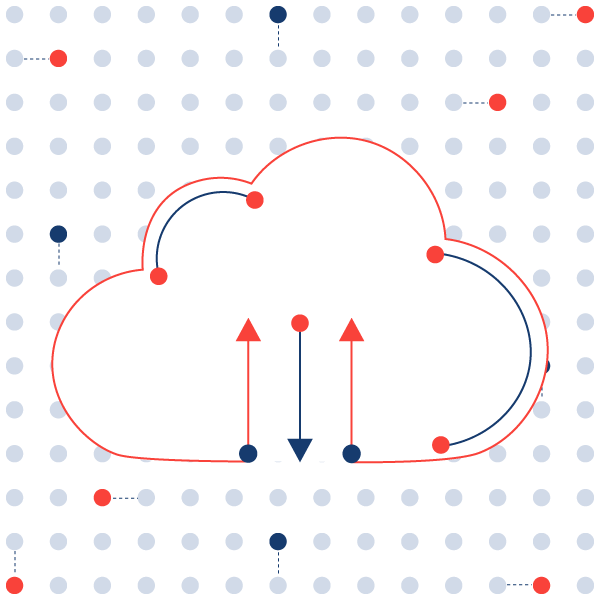Why Embrace Azure Migration?
Migrating workloads to Azure can provide businesses with a more flexible, scalable, and cost-effective infrastructure, along with enhanced security and integration capabilities.
Scalability
Flexibility
Security
Cost-Effectiveness
Hybrid Capabilities
Microsoft Integration Capabilities
Azure Migration Approach
Zelusit’s Azure Migration Mastery
Zelusit offers end-to-end services to guarantee the success of your cloud migration and the ability to leverage your data on Azure. Through 50+ implementations, we have developed a set of best practices and accelerators to deliver trusted results faster. As Azure continues to prove its industry leading position in speed, scale, integration, and efficiency, Zelusit continues to stand and evolve as an Advanced Microsoft partner for data, analytics, and AI-driven digital transformation on the cloud.
Zelusit will help your organization set a migration roadmap and execute a seamless Azure cloud migration execution by offering different migration approaches:






